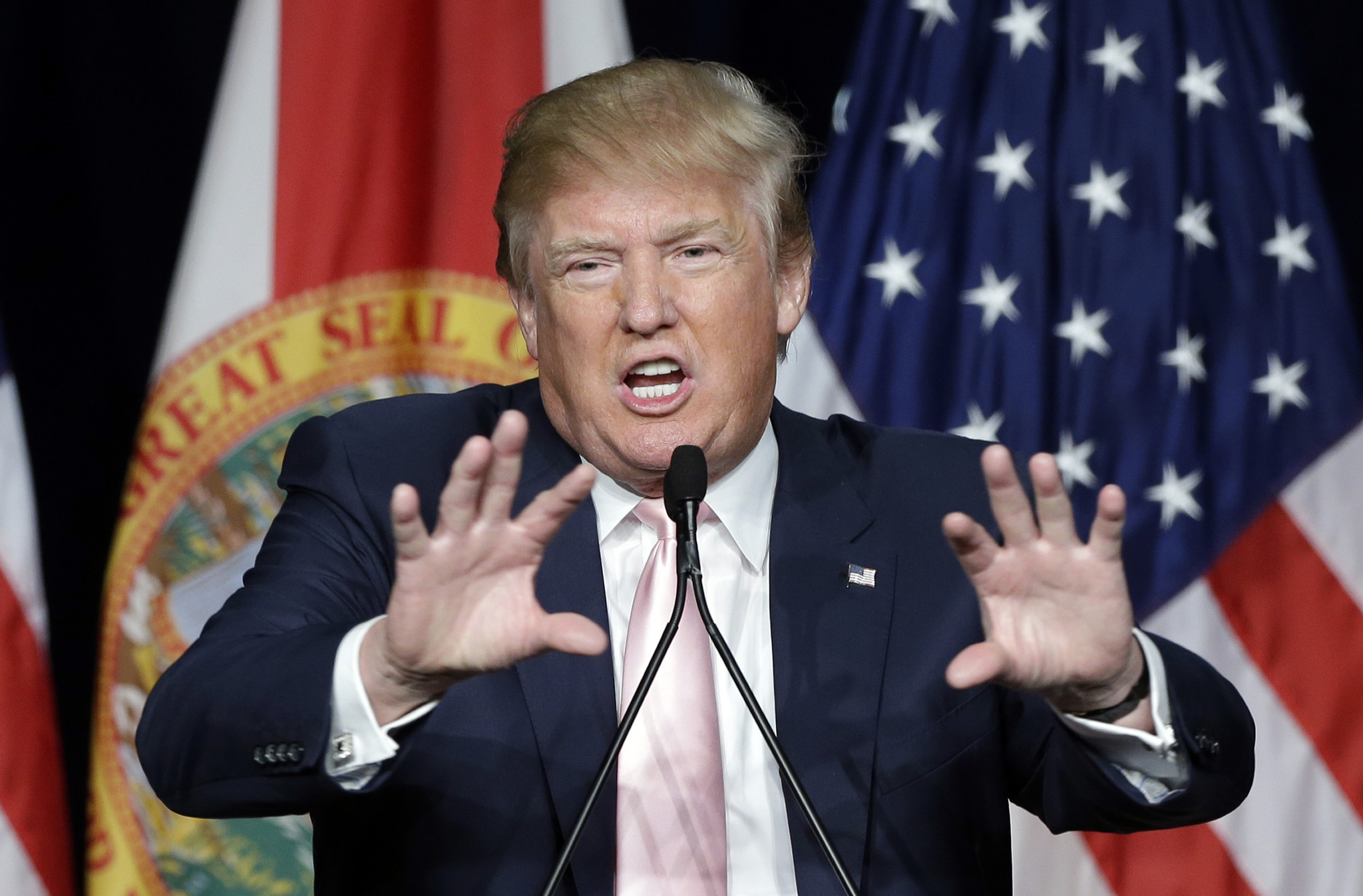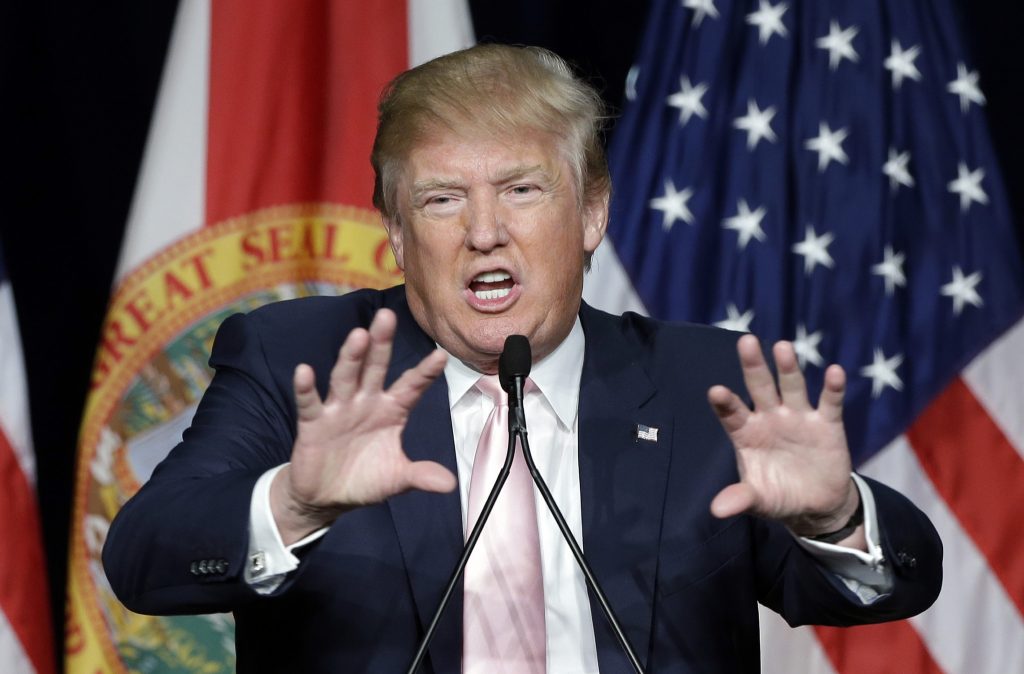
The energy problem behind Trump’s election is not the one people have been looking for. Instead, it is an energy problem that leads to low wages for many workers in the US, and high unemployment rates in the European Union. (The different outcomes reflect different minimum wage laws. Higher minimum wages tend to lead to higher unemployment rates; lower minimum wages tend to lead to higher employment, but unsatisfactory wages levels for many.) The energy problem is also reflected as low prices of oil and other commodities.
To try to solve the energy problem, we use approaches that involve increasing complexity, including new technology and globalization. As we add more and more complexity, these approaches tend to work less and less well. In fact, they can become a problem in themselves, because they tend to redistribute wealth toward the top of the employment hierarchy, and they increase “overhead” for the economy as a whole.
In this material, I explain how inadequate energy supplies can appear as either low wages or as high prices. Basically, if energy supplies are inadequate, workers tend to be less productive because they have fewer or less advanced tools to work with. Their lower wages reflect lower productivity (Slide 20). Slide 6 offers some additional insights.
Trump’s election seems to reflect the cooling effect that our energy problems are having on the economy as a whole. Citizens are increasingly unhappy with their wage situation, and want a major change. Trump’s election may at least temporarily have a beneficial effect, since it may work in the direction of reducing complexity.
Long term, however, it is hard to see that the policies of any elected official will be able to fix our underlying energy problems.
I wrote up my post as a presentation. It can be downloaded at this link: The Energy Problem Behind Trump’s Election. I thought this might be a way of putting together quite a bit of material into one place.
Source: Investing.com



















Thanks
Good one, thank you for all interesting post on your blog.